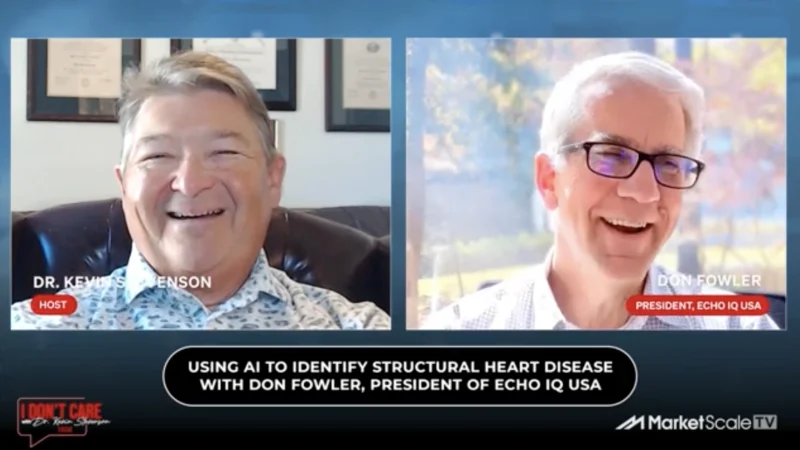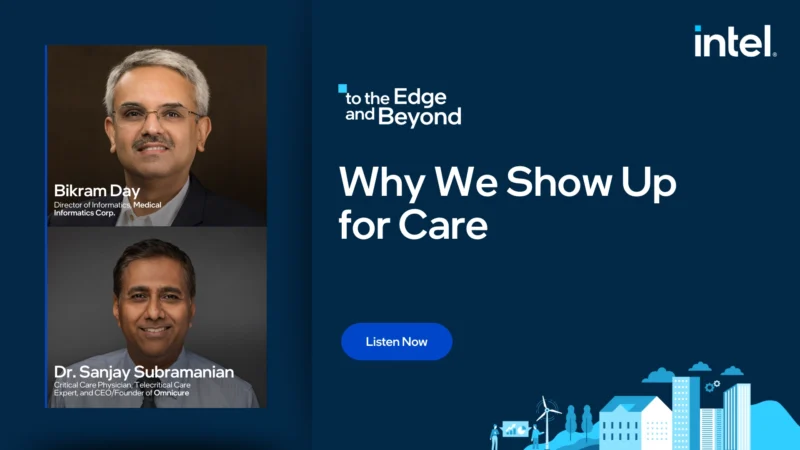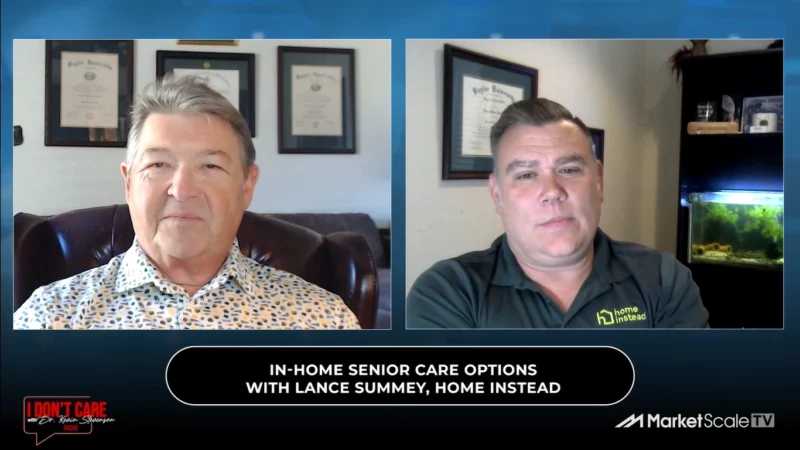Shining a Light on UV Disinfection
Ultraviolet, more commonly referred to as simply UV, light is gaining popularity as an additional measure offices and schools can take to effectively control and prevent infection indoors in the era of the novel coronavirus.
Dr. Fiona Collins and Dr. Scott Cohen of the HealthFirst Medical Advisory Board joined the HealthFirst podcast to outline the advantages and downsides of major UV technologies seeing more widespread use in the wake of the COVID-19 pandemic.
While different types of UV disinfection technology can effectively disinfect both air and surfaces, the technology is not without its potential downsides. One key consideration is safety, specifically regarding dosage levels and what amount of exposure is safe for occupants of a space.
While high-intensity UV-C solutions can be used in empty rooms to disinfect them rather thoroughly, another common challenge is shadows.
“Typically, what happens is there are two cycles – one in one direction, one in the other, and, sometimes, even more to make sure those shadows are treated,” Cohen said. “You really can’t be exposed to UV-C in this high-intensity fashion. … You cannot be in the room.”
While low-intensity options could be safer, it’s important to understand your space, the specific device and solution you’re looking into, and how to make a space as safe as possible without putting inhabitants in danger.
Follow us on social media for the latest updates in B2B!
Twitter – @MarketScale
Facebook – facebook.com/marketscale
LinkedIn – linkedin.com/company/marketscale



